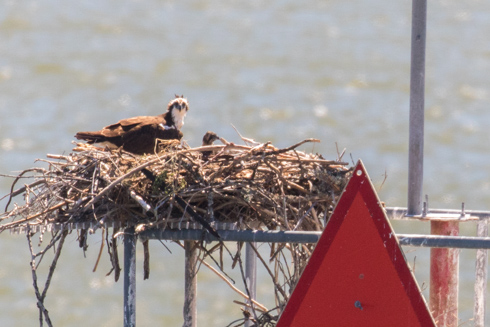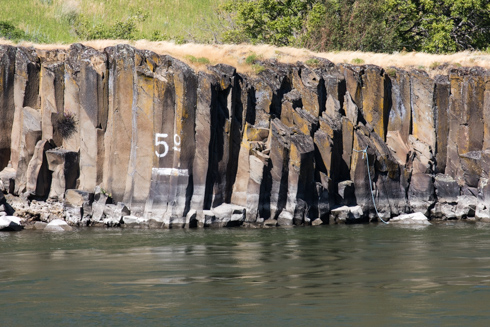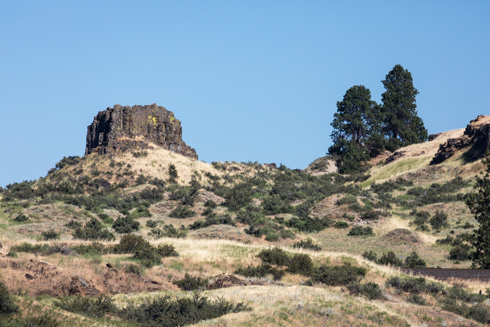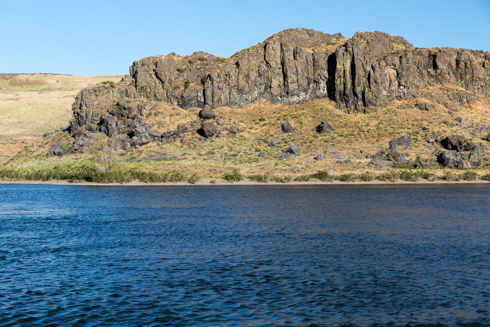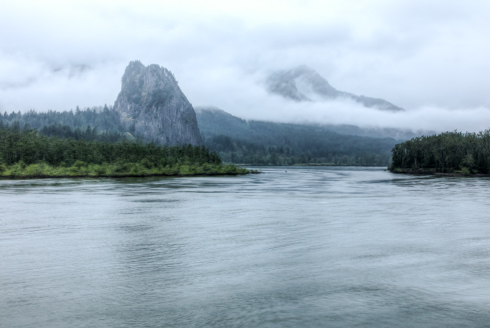
This is Beacon Rock that is very distinct on the Columbia River. It was named by Lewis and Clark in 1805; they originally referred to it as Beaten Rock, later as Beacon Rock. They noted that the rock marked the eastern extent of the tidal influence in the Columbia.
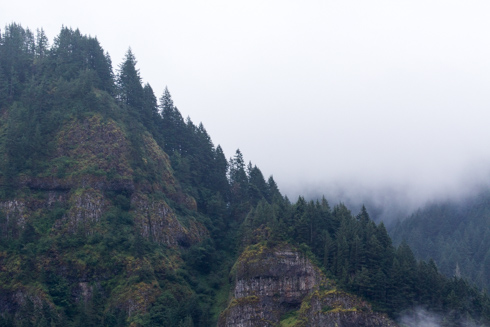
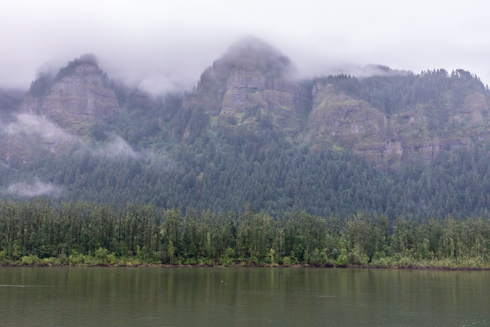
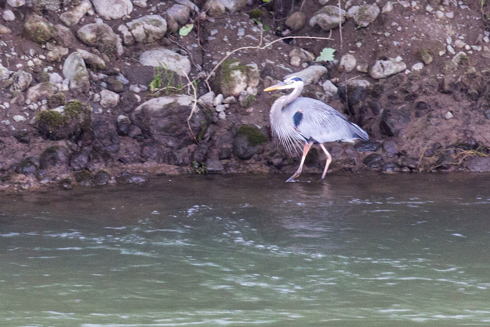

We were pretty excited about the lock experience - as the trip went on these became routine - there are 8 locks each way so 16 lock experiences total on the cruise.
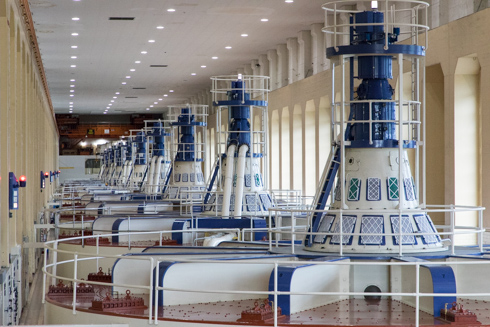


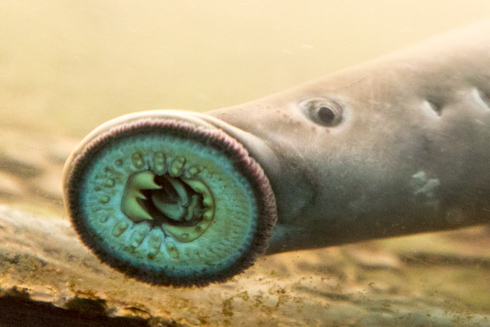
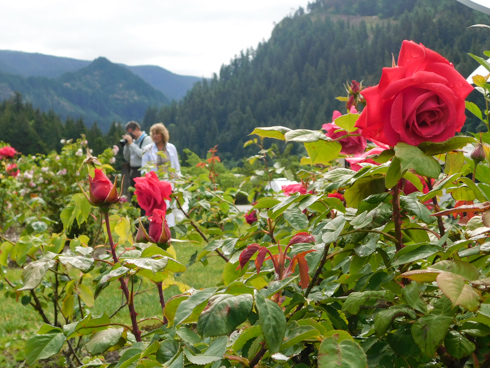



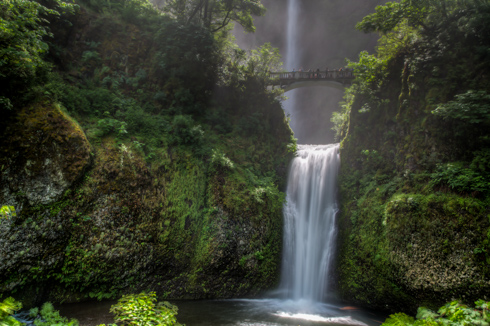
Multnomah Falls is the tallest falls in Oregon and the second tallest year round waterfall in the US.
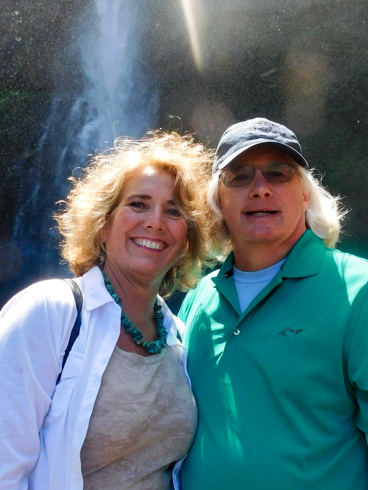

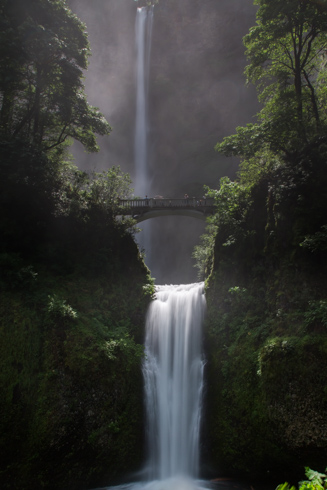
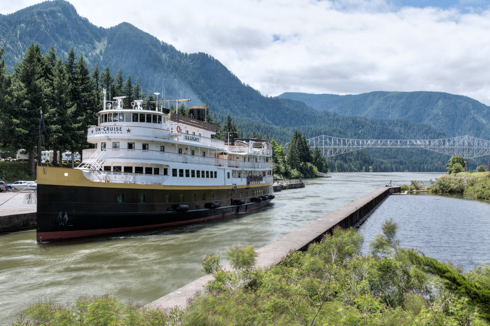
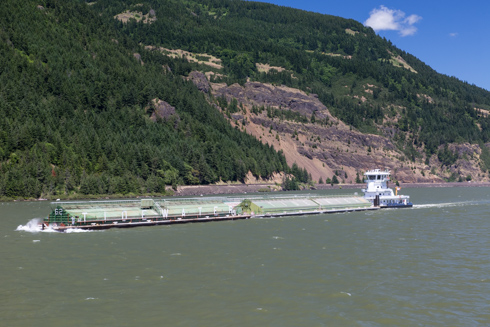
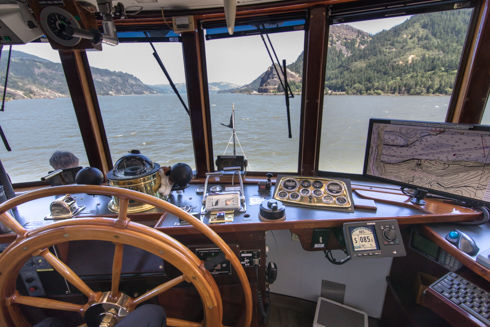
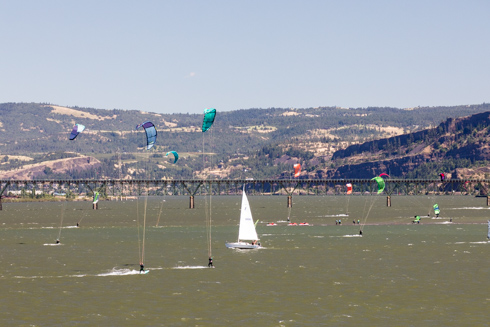
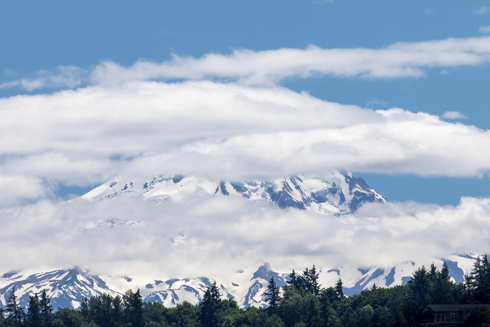

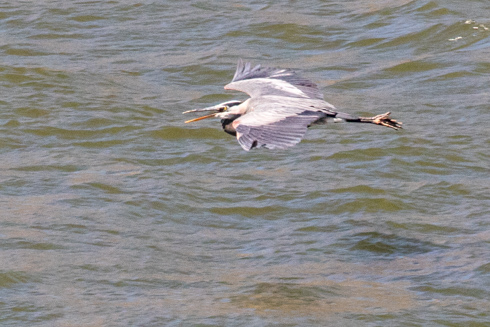


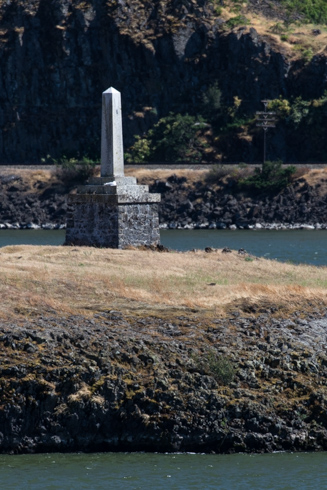
On October 29, 1805, Lewis and Clark called Memaloose Island "Sepulchar Island". It was one of several islands commented on by Lewis and Clark as containing burial vaults for the Indian peoples that lived along the Columbia River.
